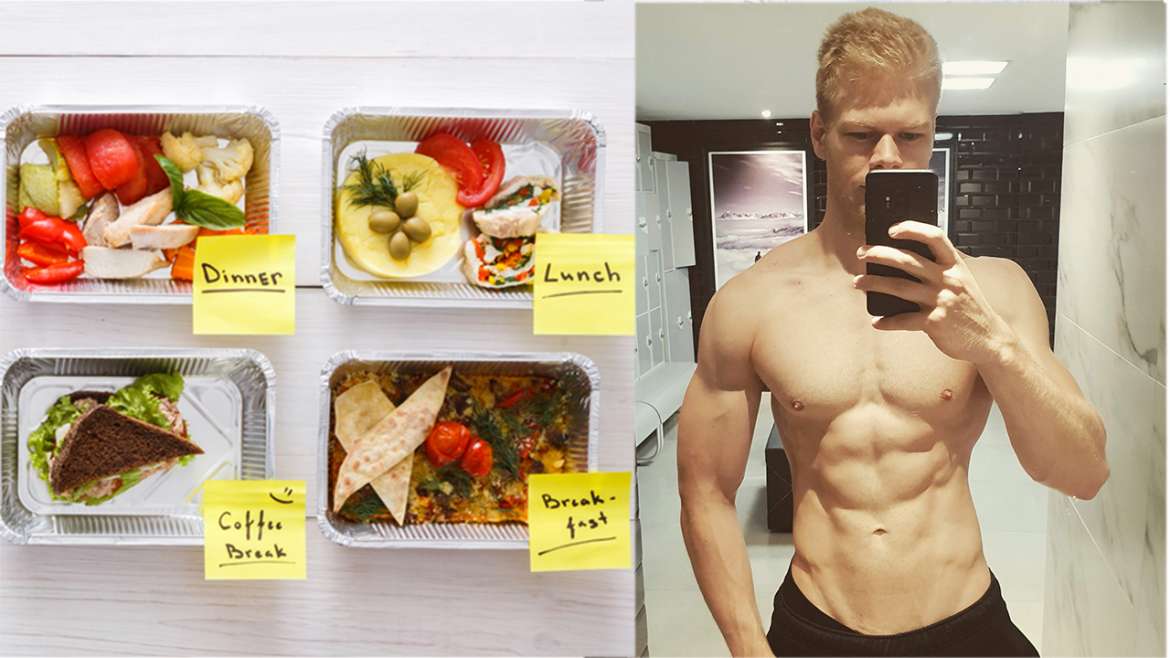Want To Learn How To Create A Cutting Workout Plan That Will Maximize Fat Loss Without Sacrificing Muscle? Read On…

If you have read my article on How To Create A Bodybuilding Cutting Diet Plan, you know that the number one and number two most important dietary aspects to a successful cut are a calorie deficit and high protein intake.
But what about your workout?
What can you do in the gym to maximize fat loss while also maintaining muscle mass and strength?
Here are the key steps when it comes to creating the perfect workout, meant to complement your cutting diet.
Step 1 – Cutting Workout Plan: Focus On Strength Training
Lean muscle mass is built by lifting increasingly heavier weights over time (given you provide your body with the right nutrition). This principle still applies when you are in a calorie deficit. Even though you’ll have a much harder time building muscle, you will want to keep up the weight training, because it’s the only way to maintain your current levels of strength.
You might ask why maintaining strength is so important. Well, all good workout plans are designed to increase the stress (= weight) placed on your muscles to force them to grow. This increased weight acts as a signal to your body to adapt to its new environment.
If, during a cut, you changed your workout routine towards less strength training and more cardio (not a good idea, more on that later), the signal to grow more muscle goes away. And not only that! Your body would start breaking down muscle tissue because there is no need to have as much in a lighter exercise regimen.
Higher Reps Don’t Lead To Better Muscle Definition
A common advice you hear in the gym is to increase reps when wanting to achieve more muscle definition. Don’t do it! The more reps you do, the more you will train for muscle endurance instead of strength. In the context of a cutting workout plan, less strength directly translates to muscle loss.
What you want to do instead is maintain your current level of strength throughout the cut. While this will not always be possible – due to the restricted calorie count and thus lower energy intake – try keeping strength up as much as possible.
Step 2 – Cutting Workout Plan: Adjust Your Workout Routine
Cutting diets suck. That’s the simple truth. Our bodies don’t like to be in an energy deficit and will react accordingly. Your normal workout routine will be more demanding and you’ll get tired more easily. After your training, you will also need more time to recover properly.
If you were to continue as you did before your diet you’d soon need to lower your weights in order to perform the required reps in your workout routine. But as you know now, less weight means more muscle loss.
How can you solve this dilemma?
By adjusting your workout routine. For example, you can do fewer sets, reps or exercises per workout which in turn would lower training volume. Or you can take more days off in between workouts for the same muscle group, which would lower training frequency.
That way you would not lower the weights on your exercises, but still place less stress on your muscles and give your body more time for recovery.
Step 3 – Cutting Workout Plan: Don’t Fall For The Cardio Myth
Many people are convinced that you must include cardio in your workout to lose weight. Even though many of them hate endurance training, they will still spend hours on the treadmill or exercise bike. By now you know that this belief is completely false because weight loss always comes down to calories in vs. calories out.
So, no matter how much cardio you are doing, if you are consuming too many calories, you won’t be losing any weight. And vice versa, if you are already consuming fewer calories than you expend, you’ll be losing weight with or without cardio.
Now cardio can help you burn more calories (just like any sort of physical exercise will) and endurance training will definitely be good for your heart and lungs. However, when you are in a calorie deficit you always have to weigh the benefits of additional exercise against its costs.
Some moderate cardio won’t take away much from your strength workouts, but when done excessively, it will induce more stress on your body, thus leaving you with less strength and further slowing down recovery. This means you should use cardio only if you deem it absolutely necessary. If you have been slightly overweight your entire life, 1 or 2 cardio sessions per week might be a good idea (max 30 minutes), but those with a fast metabolism can follow a cutting workout plan with no cardio whatsoever and see great results.
Cutting Workout Plan – Summary:
- Focus on weight training instead of cardio
- Make it your primary goal to maintain you pre-diet level of strength
- Adjust the number of reps/sets/exercises if your workout routine gets too intense
- Too much cardio will hurt your performance in the gym. Don’t overdo it!



